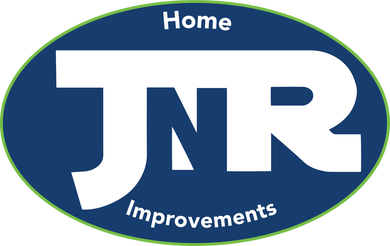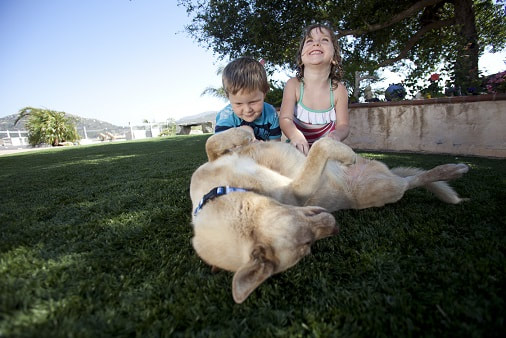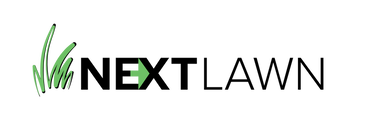|
With all the options available for synthetic grass, it can get difficult to know which questions to ask. As an authority in the artificial turf industry, JNR Home Improvements wants to help you become an informed consumer. We are highlighting a few of the important questions you should ask to reduce your risk before choosing a company and product.
Questions about the company: Are they a licensed contractor? In the State of California, any project with a combined labor and material cost over five hundred dollars needs to be performed by a licensed contractor. As virtually all artificial grass installations will exceed that amount, checking an installers contractor’s license should be your first question. After confirming they are licensed, be sure to check that the company carries workers compensation insurance. It is CA law to do so and it protects you, the customer as well. Unfortunately, installers get hurt sometimes on the job. If the company you have hired does not have workers comp insurance, the medical expenses can wind up being the homeowners responsibility. Do they specialize in turf installation? Many gardeners have added fake grass as a sideline. While they may be good at trimming grass, pruning plants, and fixing sprinklers, they are likely not very experienced at installing artificial grass professionally. A proper installation is much harder than it looks and requires a very experienced installation crew to ensure a lasting synthetic grass installation. Can you visit previous installations? A reputable turf company will have a list of installations you can see before making your own decision. Our company is happy to give out a list of front yard “showcase” locations ranging in age from very recent up to more than ten years old. Our high-quality turf makes it practically impossible to tell a ten-year-old installation from a ten month old installation. Questions about the turf: How does it drain? Most synthetic turf products available today utilize a perforated or “hole punched” backing. What this means is the faux grass has a solid backing with small holes poked through it every 4”-6” intended to allow rain or other fluids to pass through. If the area is going to be used by dogs or kids, this type of backing falls short. A 100% permeable backing is of vital importance for most artificial grass installations in order to allow fluids like dog urine, spilled soda or your BBQ condiments to completely pass through into the base material beneath. It also allows air to penetrate which reduces the chance for nasty mold or mildew to form under the lawn. In fact, many municipalities have adopted a rule requiring air and water permeability on synthetic lawns. Where is it made? Our EasyTurf artificial grass is made in our own FieldTurf factory right here, in the USA. EasyTurf is the residential arm of FieldTurf, the industry’s leading sports field turf manufacturer and installer. FieldTurf is on more recognizable professional sports fields than any other product. With over 25 years of research and development, FieldTurf has patented many of the most innovative synthetic grass technologies used in their state of the art manufacturing facility in Georgia. Many other products are shipped from over seas and simply do not have the same level of quality control as products made in the USA. What type of infill will be used? Infill is an essential element to all artificial lawns. The infill weighs down the turf, provides necessary cushion and acts as a ballast, keeping the turf fibers erect. If an infill is not used, a synthetic lawn will mat down, and look worn out in a very short period. The traditional infill used for decades in our own EasyTurf synthetic grass has been a combination of sand and crumb rubber. This combination gives an incredibly soft and natural underfoot feel. In recent years, the most common infill type has been sand. We also offer an acrylic coated sand that is a wonderful option for yards with heavy dog use. The coated EasyFill offers a built in anti-microbial agent making it a perfect match for dog runs or areas that kids and dogs will frequent. How will it be installed? Base preparation is one of the most important factors to a long lasting synthetic lawn. “Failure to prepare is preparation for failure” ~ While local soil conditions and availability may cause the exact ratio and type of base materials to change, the overall concept does not. A proper base requires the use of an angular aggregate that varies in size to allow for both drainage and compaction. This base material should be at least 2” deep after compaction for virtually any installation with certain areas and soil conditions requiring additional depth. The actual turf needs to be secured with using proper spikes around the perimeter as well as staples, seam tape and glue at the seams. The weight added by infill on top of the turf assists in securing the artificial turf to the ground. Comments are closed.
|
661-544-8567By JNR Home ImprovementsStaff Archives
July 2024
Categories
All
|
Proudly serving The Woodlands, Magnolia, Conroe, Tomball, Spring, and other Greater Houston Communities in Texas.
Proudly serving Palmdale, Lancaster, Rosamond, Quartz Hill, Agua Dulce, Santa Clarita and the surrounding High Desert in California. |


 RSS Feed
RSS Feed









